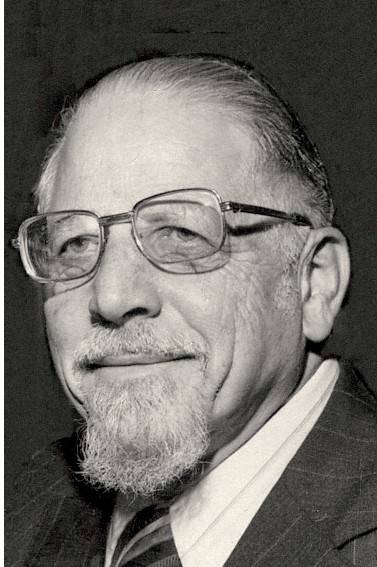Abe Katz, Maimonides School Class of 1971
Founding Director Beurei Hatefila Institute (www.beureihatefila.com)
Editor of 2014 edition of the GUIDE TO JEWISH PRAYER
By the time I reached seventh grade in the fall of 1965, the Jewish Studies program at Maimonides included a requirement students from grades seven to twelve spend an hour each week studying Beurei HaTefila. In addition, as a prerequisite for receiving a Hebrew diploma at graduation, all twelfth grade students were compelled to successfully complete a comprehensive examination in Beurei HaTefilah. Why Rabbi Wohlgemuth’s class became so popular becomes self-evident as you read through his GUIDE TO JEWISH PRAYER. You are hearing Rabbi Wohlgemuth’s voice. Listen to the questions Rabbi Wohlgemuth poses and to his answers. He confronts not only Halachic issues but also gives insights why some prayers were composed and the historical factors that led to their creation. By facing all issues, Rabbi Wohlgemuth teaches not only the rules that govern recital of prayers but most importantly—their meaning as well.
Rabbi Wohlgemuth relied heavily on original sources in teaching his course. September 1967, when I entered ninth grade, Rabbi Wohlgemuth greeted us with a booklet of sources he had compiled. That booklet became an essential part of his course.
While re-reading this book and adding footnotes, I noticed Rabbi Wohlgemuth had inadvertently omitted what I have always believed to have been the most important lesson Rabbi Wohlgemuth taught his students about Tefillah; i.e. how to proceed if we come late to synagogue in the morning (Orach Chaim 52).
Some of us start from the beginning of the prayer service hoping to catch up by the time the congregation reaches the silent Shemona Esrei while others know they should omit portions of Pseukei D’Zimra to be sure they recite the silent Shemona Esrei together with the others present. Knowing that they can omit parts of Pseukei D’Zimra means they understand the significance of tefila b’tzibbur—communal prayer.
Communal prayer is the act of ten men together reciting the silent Shemona Esrei at the same time. When ten men recite the silent Shemona Esrei together, they are praying not as ten individuals nor as a group of ten. Instead they are praying for the entire Jewish People.
If you were to place any of those ten men on the witness stand in court and ask him to affirm whether any other group of ten men came together to pray that morning, he must answer, “I cannot be sure.” Because he cannot testify in certainty, he proceeds with the thought—“I may be part of the only group of ten men praying for the entire Jewish People this morning.”



